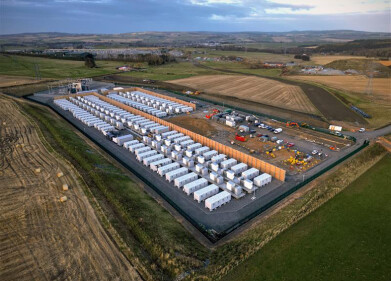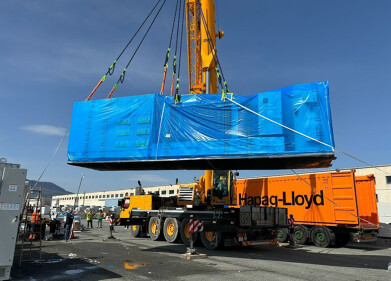Green energy
Improved Energy Harvesting Technologies Boost Efficiency in Buildings
Jul 20 2012
Some of the main expenditures with building maintenance today can be heating, cooling and lighting. To help reduce these expenditures a building automation system (BAS) can be installed and still maintain a working environment for occupants. The key to making a BAS system work is relaying data with regards to temperature, occupancy, wind flow, light intensity etc using wireless sensor networks (WSNs). WSNs aren't perfect however requiring maintenance and battery dependence. Energy harvesters (EHs) significantly improve battery life and help to reduce disposal costs.
Advances in Energy Harvesting technologies has helped BASs to become more independent and helps more accurately detect excess energy wastage from buildings. This is provided through EHs’ ability to scavenge ambient energy, including solar power as well as thermal, kinetic and electrical energy, allowing EHs to resupply power regularly. With more energy available WSNs can be enable to have additional features and options for consumers. This eco-friendly technology aligns with many companies drive to become more "green".
Universities are often at the forefront of developing and testing new technologies to help reduce their EH footprint yet still maintain or increase power. Original equipment manufacturer (OEM) initiatives have also driven market actors together in order to implement products with interoperability and ease of installing for the consumer. These partnerships have played a key role in bringing together different companies under one umbrella but more collaboration is required at University level.
“Reducing the energy consumption of EHs has not affected the performance of the device,” said Technical Insights Industry Analyst Saju John Mathew. “Rather, the unique microstructuring design and dense packing has increased the power density several fold. This enables the EH to be physically integrated with different custom designed WSN applications.”
Many ambient EHs are specific to their application meaning that there is currently no industry "one size fits all" instrument. The lack of a broad platform means that adoption of the technology may be delayed. So component manufacturers and OEMs need to further integrate EH devices to offer a complete solution.
“Hybrid EH devices can power ultra-low-power electronics,” said Mathew. “Building from this amalgam design would enable EH devices to scale a major hurdle to move closer to a nonspecific solution.”
Events
Mar 18 2025 Expo Santa Fe, Mexico
Mar 18 2025 Moscow, Russia
Mar 19 2025 Manila, Philippines
Mar 20 2025 Guangzhou, China
Mar 24 2025 National Harbour, MD, USA














